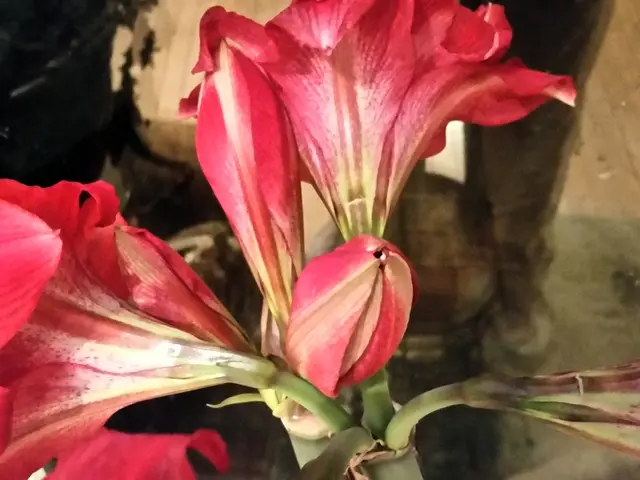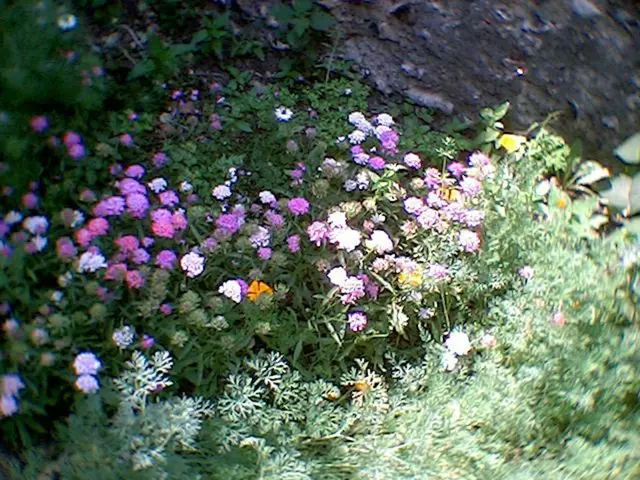Engagement ends on 21st of September
Garden offensives in Meerbusch: Embrace color and nature over gravel deserts
Thread your green thumbs into action — grab that camera and take a stroll through your front garden! Until September 21, 2025, you've got plenty of time to snap two to three evocative photos, showcasing your garden's design and flourishing flora. Send these, along with a short explanatory text, to [email protected]! According to city spokesman Michael Gorgs, it's as easy as pie. But this isn't just a beauty contest; expect a jury led by Mayor Christian Bommers to scrutinize your submissions with a discerning eye, with a focus on insect-friendliness, proximity to nature, and diversity, awarding the winners with a certificate.
Mouth-watering prizes? You betcha! This year's competition has sponsors chomping at the bit. If you're one of the six gardeners with the most breathtaking front yards, you'll reap the harvest: shopping vouchers from the sponsors, and garden maintenance services to the tune of €250 each. Express interest beyond the top six? Worry not, other applicants can look forward to cutting-edge specialist literature brimming with practical tips for designing a sustainable garden paradise. Grab that info soon at the city's citizen offices, public facilities, and partnering garden centers.
But why go green? The case against clunky gravel gardens has been steadily gaining traction. You see, when your garden is nothing but gravel, whirlwinds of ecological despair emerge. Sealed surfaces are barren wastelands, silent in their lack of oxygen production, lifeless in their inability to absorb fine dust, and microclimatically questionable. Craving solar heat, they shamelessly broadcast their fiery warmth, radiating the neighborhood. When water rains down, it struggles to infiltrate. And let's not even get started on upkeep; those tiny seeds hiding between the stones or the budding weeds wreak havoc among the gravel.
A change in the state building code has made it a breeze for the city to convince residents. Since January 2024, NRW decree clearly defines "gravel gardens" and bans their use. So what qualifies as a disfavored gravel garden? Think shoddily slapped-together plots, smothered in foil or fleece, and garnished with gravel, chippings, or bark mulch or wood chips — a joyless playground that lacks the green charm of garden foliage.
City green space area manager Ana Hardenberg, a stern advocate for the green revolution, backs the front garden offensive. "Small pockets of greenery store moisture, creating a better microclimate, thereby enhancing residents' quality of life and serving as a thriving mini-ecosystem," she declares. Insects, teetering on the brink of extinction due to lack of sustenance in our cultural landscape, can benefit significantly from a green thumb (or two!). Even a tiny floral bed could bloom into a haven for insects and birds!
[1] Information on the deficits of gravel gardens, their contribution to the urban heat island effect, their lack of biodiversity, and their low-maintenance myth can be found in "Landscaping for Climate Change: Adapting our Cities" by Tore Schweden and Anna Gavroglou.
- In the realm of environmental-science, a striking contrast between the barren gravel deserts and vibrant gardens is highlighted in the book "Landscaping for Climate Change: Adapting our Cities" by Tore Schweden and Anna Gavroglou.
- The science behind the importance of green spaces in home-and-garden settings speaks volumes about their environmental value, such as improved air quality, absorption of fine dust, and mitigation of the urban heat island effect.
- Embracing a garden lifestyle, with its focus on insect-friendliness, nature, and diversity, can significantly contribute to the preservation and enhancement of our lifestyle and environment alike.








